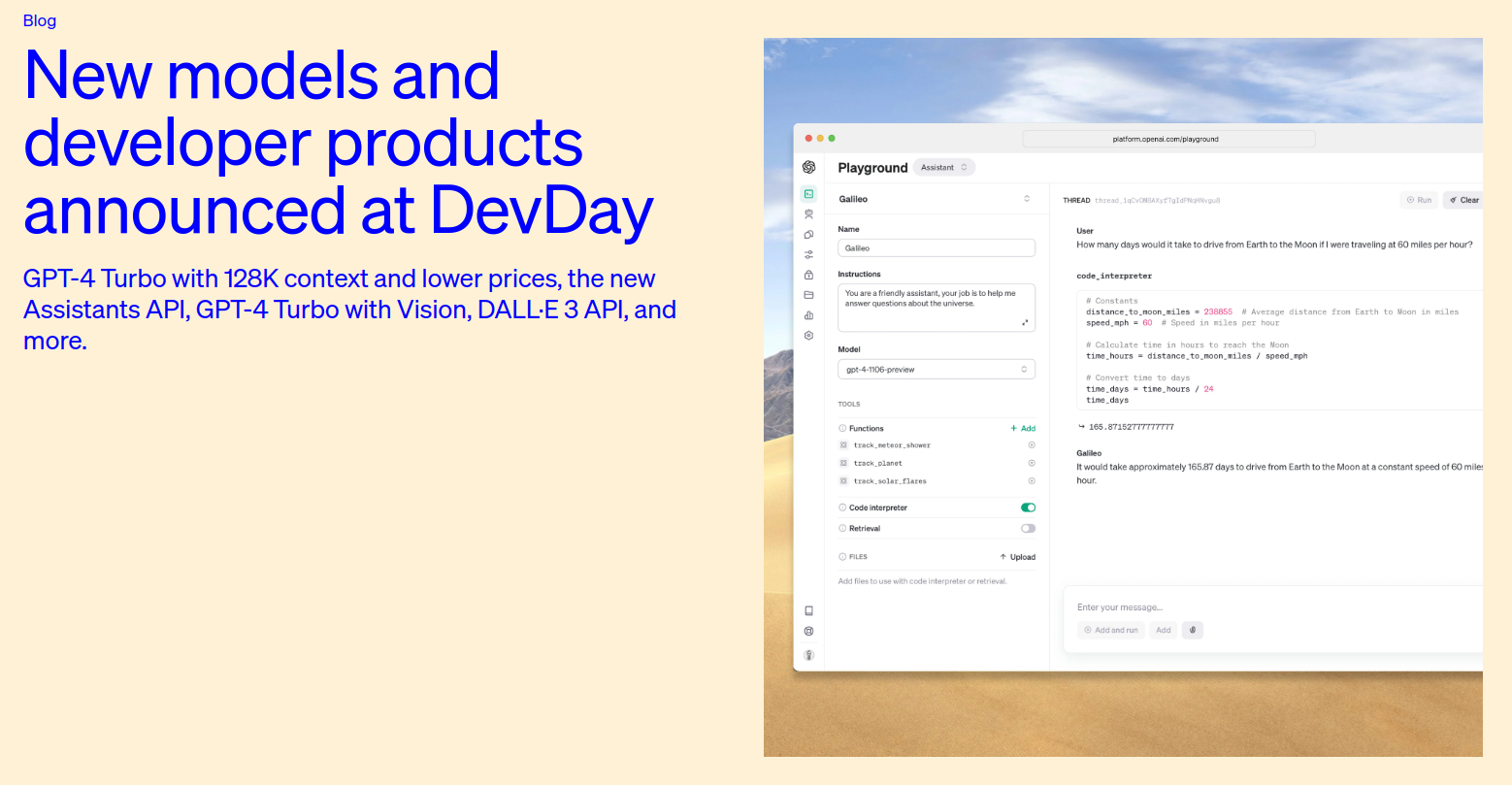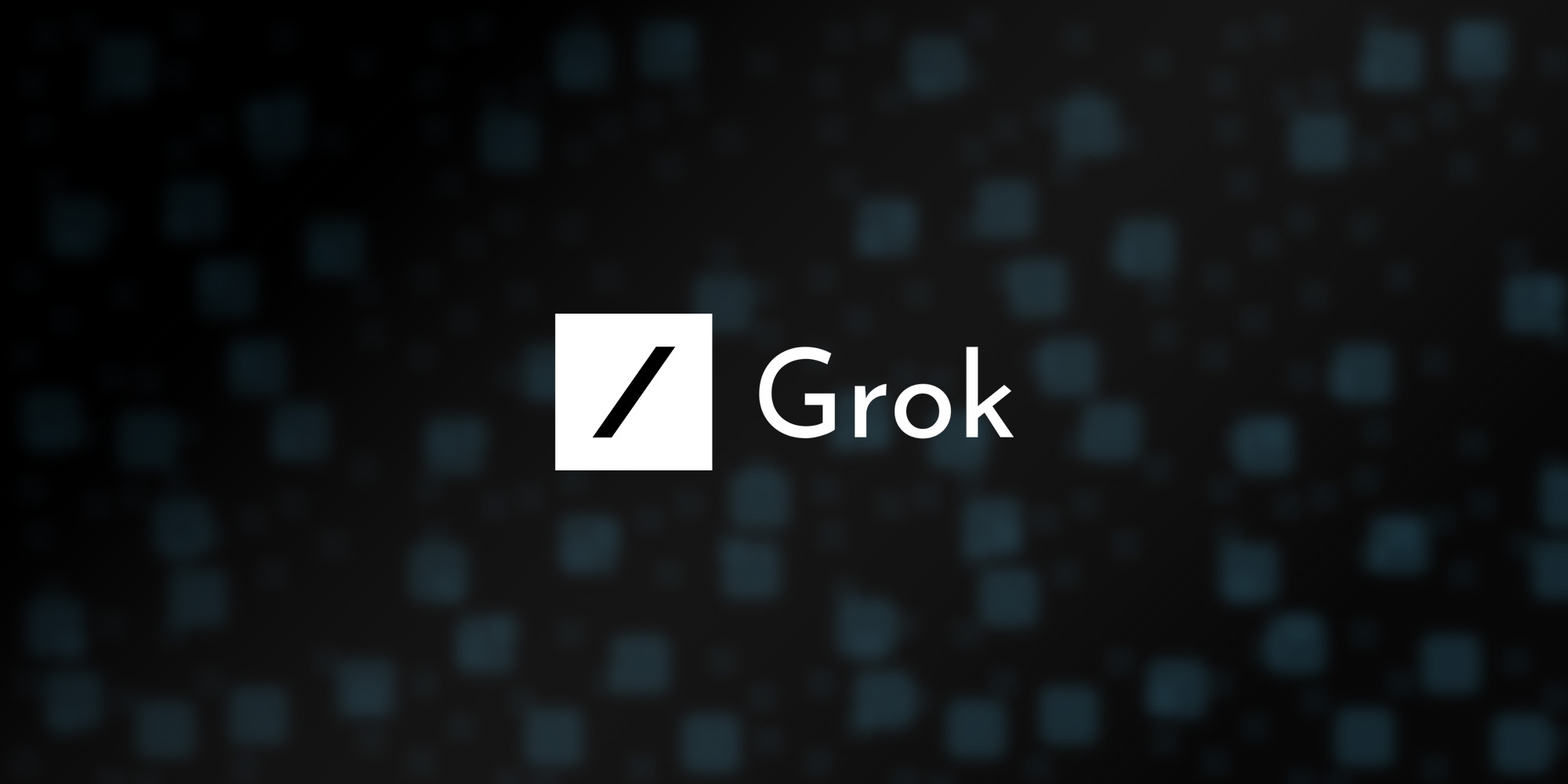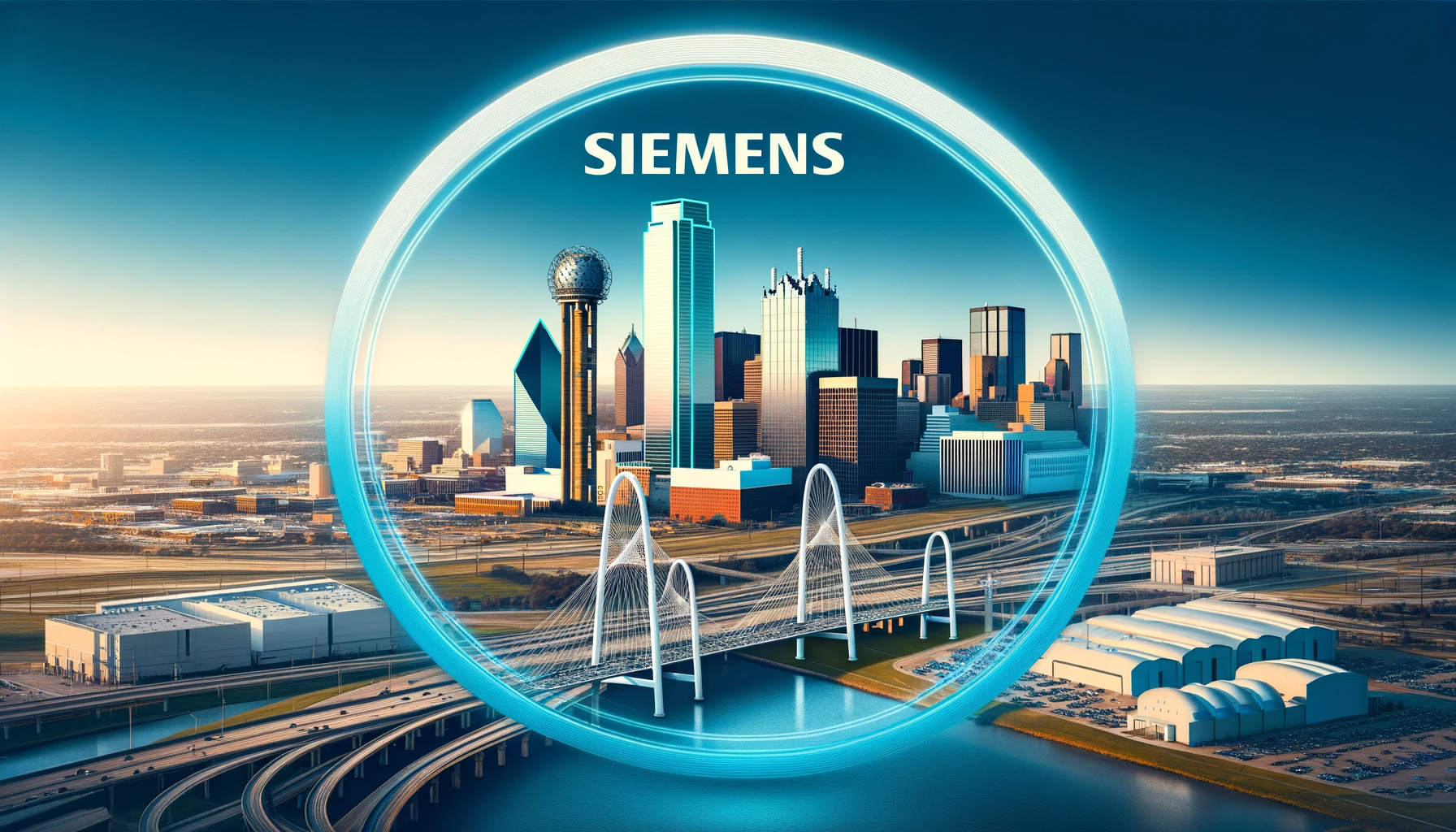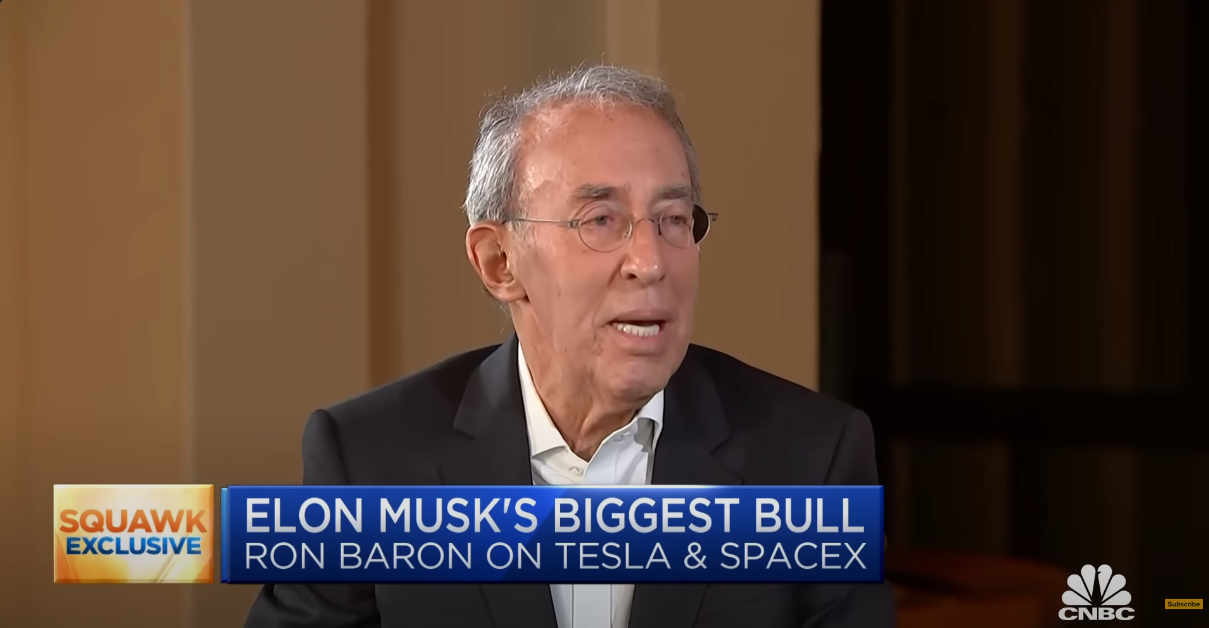4 Things Industry 4.0 -- Nov. 13th, 2023

Good morning, innovators!
As you sip on your first (or third) cup of coffee, pondering the week ahead, we are thrilled to introduce you to "4 Things 4.0." This is more than just a newsletter; it's a weekly compass pointing you towards the most exciting advancements in Industry 4.0, manufacturing, and technology.
Our goal is to empower your digital transformation journey. Every Monday, we will distill the essence of Industry 4.0 into four carefully curated topics. These snippets are designed to give you a swift yet substantial insight into the latest innovations, trends, and breakthroughs. We know your time is as precious as your ambitions, and we aim to enrich that time with valuable information and thought-provoking content.
So, take a brief pause from the hustle of your morning routine. Enjoy these curated snippets with your coffee, and jumpstart your week with a dash of insight. From the latest in Artificial Intelligence to breakthroughs in sustainable tech, we're here to ensure you stay ahead of the curve in this rapidly evolving digital world.
Welcome to the first edition of "4 Things 4.0." Let's embark on this journey of discovery and innovation together.
OpenAI Unveils Major Updates at DevDay Event

At the recent DevDay event, OpenAI revealed a series of significant updates to ChatGPT, underscoring their commitment to advancing AI technology. These enhancements are set to broaden the utility and accessibility of AI for Various applications, catering to both developers and end-users.
Here Are The Key Takeaways:
- GPT-4 Turbo: Introducing a more powerful GPT-4 model with a 128k context window, integrating knowledge up to April 2023, and available at more accessible pricing.
- Enhancements to Developer Tools: Improvements in function calling for more complex requests, alongside new features like JSON mode for structured output.
- New Multimodel Capabilities: Expansion to include vision, image creation (DALL-E 3), and text-to-speech technologies.
- Consistent Outputs and Enhanced Probabilities: The addition of a 'seed' parameter for reproducible outputs, and upcoming features for log probabilities in output tokens.
- Updated GPT-3.5 Turbo: Release of a new GPT-3.5 Turbo version supporting a 16k context window, improved instruction following, and parallel function calling.
What Does The Future Hold?
OpenAI continues to pave the road for AI and LLM (Large Language Models). While they introduce new and advanced features, they face increasing competition, such as Google's Bard, Meta's Llama, and XAi's recent Grok LLM. This competitive landscape suggests a rapid evolution in AI capabilities, with a focus on more nuanced and specialized applications.
xAi's Grok: A New Contender In The AI Landscape

xAi recently Announced the launch of Grok, their new Large Language Model (LLM), marking a significant addition to the field of artificial intelligence. Grok, inspired by the Hitchhiker's Guide to the Galaxy, is designed "to answer questions with wit and a bit of rebellious streak", suggesting it's not just an ordinary LLM.
Grok's Distinctive Edge in the AI Arena
What sets Grok apart in the growing field of AI LLMs is its combination of humor, real-time world knowledge (through the X platform), and willingness to tackle a wider array of questions that other LLMs would not answer, or as xAi put it: "Grok will also answer spicy questions that are rejected by most other AI systems." Its ability to access real-time information allows it to stay current, a feature not commonly found in other LLMs. This distinctive approach positions Grok as a more dynamic and interactive AI tool, expanding the boundaries of how LLMs engage with users.
Development and Engineering
- Journey to Grok-1: The Grok-1 engine began with the development of the early model Grok-0 with 33 billion (yes, with a B) parameters. Over four months, the xAi team refined and enhanced its capabilities, leading to the more powerful Grok-1. This model represents a significant step forward in terms of reasoning and coding capabilities.
- Performance: In Benchmark tests, Grok-1 not only surpassed in its compute class but also displayed strong competition against larger models. While Grok-1 outperformed models like ChatGPT-3.5, it was surpassed by more extensively trained models such as ChatGPT-4. The good news for Grok is that this shows Grok's greater efficiency over similar computer models. There is certainly great potential for Grok.
xAi's Engineering Philosophy
xAi's approach to creating Grok revolves around reliable and efficient AI development. Employing a custom-built training and inference stack, the team utilized technologies like Kubernetes, Rust, and JAX. This robust infrastructure is designed to manage the substantial computational demands of LLM training, focusing on maximizing compute efficiency per watt and ensuring minimal downtime, even in the presence of hardware failures. This could turn into a large selling point in the future over ChatGPT, who has had several issues with outages since it's release in November 2022.
Siemens' $150 Million Investment: Powering Industry 4.0's Future in Texas

Siemens has initiated a significant step in Texas with its announcement of a $150 million investment to establish a tech manufacturing plant in the Dallas-Fort Worth (DFW) area, focusing on the production of low-voltage switchboards and switchgear. This development aligns with the broader movement towards technological innovation in Texas, joining the likes of Bosch Rexroth, who opened their Customer Innovation Center outside of Austin Texas in December 2022, and Omron, who opened their Proof of Concept Center in Dallas in November 2021.
A Strategic Focus on Critical Infrastructure
The new Siemens facility will focus on producing electrical equipment for powering American data centers and critical infrastructure, the demand of which is expected to grow by 10 percent through 2030. The importance of reliable and efficient power distribution is fundamental in the context of Industry 4.0, where it supports the functionality of smart factories and the broader digital economy. The provision of high-quality electrical components, such as those offered by companies like Siemens, plays a key role in enhancing the stability and dependability of the infrastructure that supports industry 4.0, as highlighted in a recent report.
Tesla's $25,000 Electric Car: A Strategic Move Beyond Automotive

In a revealing interview on CNBC's 'Squawk Box', Ron Baron, Chairman and CEO of Baron Capital, highlighted a significant shift in the automotive industry: from a past era of innovation to a focus on profitability post-1950s. In stark contrast to this trend, Tesla emerges not just as an electric vehicle (EV) manufacturer but as a technology trailblazer. This redefinition of Tesla's role, aligning with 4.0 Solutions founder, Walker Reynolds' view of Tesla as a fundamentally datacentric entity, is further highlighted by the challenges faced by traditional auto manufacturers. For instance, Ford's reported los of $36,000 per EV underscores the efficiency and cost-effectiveness of Tesla, positioning them as the lowest cost auto company. Tesla's initiative to launch an exponentially affordable priced electric car represents a strategic move in democratizing EVs and leveraging data for advancements in autonomous driving and user experience, marking a significant departure from traditional automotive practices.
Redefining the Auto Industry as a Technology and Data Leader
Tesla's identity extends beyond that of a traditional electric vehicle manufacturer; it stands as a technology powerhouse, offering unmatched services to itself and other players in the automotive industry. This redefinition of Tesla's role emphasizes their unique position in the market, where they not only produce electric vehicles but also provide innovative technological solutions. Unlike conventional auto companies, Tesla's products are engineered to improve post-purchase, reflecting their commitment to ongoing innovation and enhanced customer experience. Through regular over_the_air software updates, Tesla vehicles continually receive upgrades in performance, safety, and functionality, increasing their value over time. This approach highlights the pivotal role of data in Tesla's business model. Data is not just a byproduct of their operations but a valuable commodity that drives product development and offers insights for the broader industry. Tesla's effective utilization of data and technology positions them as a leader in steering the automotive sector towards a future that is increasingly data-centric, technologically advanced, and focused on continuous improvement and innovation.
Tesla's upcoming $25,000 electric car is more than an automotive innovation; it cements their status as a technological innovator, using vehicles as platforms for technological advancement and data collection. This strategy underscores Tesla's unique position in reshaping the future of transportation, steering the automotive industry back to its roots of innovation and technological leadership.
Connect, Learn, Innovate

HiveMQ CONNACK!
- When: December 7. 2023
- Where: Munich, Germany
A Summit for MQTT enthusiasts and experts to discuss applications in connected industries. For more info or to register, Click Here.
SPS Nuremberg 2023
- When: November 14-16, 2023
- Where: Nuremberg, Germany
An event focusing on smart production solutions and bringing automation to life. For more info or to register, Click Here.
Tech Talk: Your Say
This week, we're curious to know you thoughts on a hot topic in industry 4.0. Your input is invaluable, helping us tailor future content to your interests.
This Week's Question:
What are of Industry 4.0 technology do you think will have the most significant impact on manufacturing in 2024?
- Augmented Reality (AR) and Virtual Reality (VR)
- Artificial Intelligence (AI) and Machine Learning (ML)
- Human-Robot Collaboration (Cobots)
- Digital Twins and Simulation
Byte-Sized Brilliance
IoT is How Old?!?
Did you know that the concept of the Internet of Things (IoT) dates back to the mid-1800s? While the term itself was coined in 1999, the idea can be traced to early telegraph machines and Morse code transmitters. Even more fascinating, in 1926, Nicola Tesla imagined a wirelessly connected world where the earth would be akin to a "huge brain," and the devices used would be simpler than a telephone and small enough to carry in your pocket.
Now that's a visionary thought to kick-start your week!

